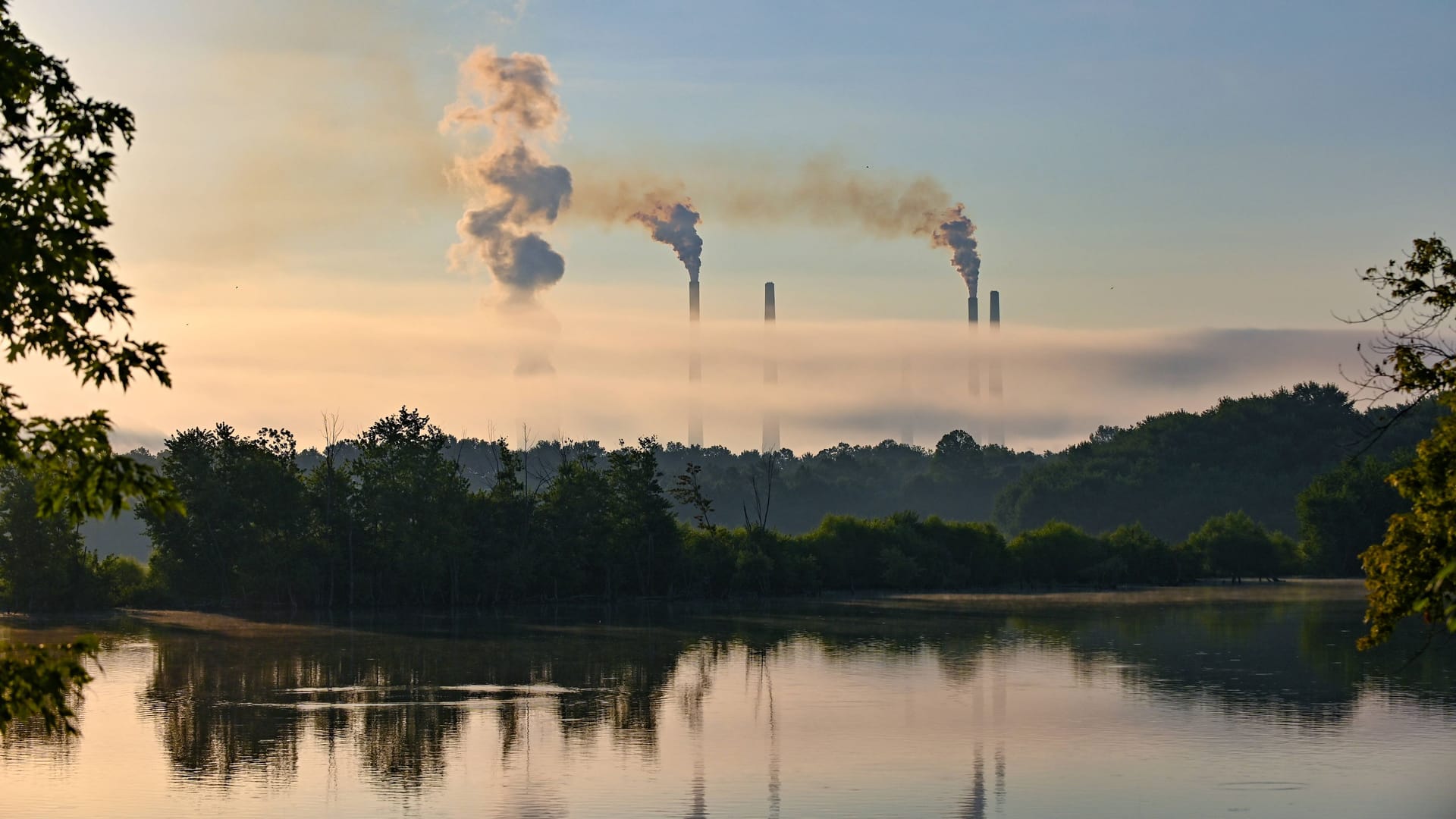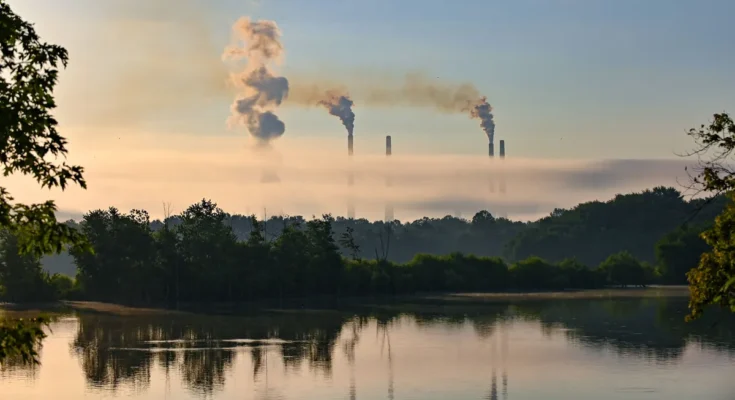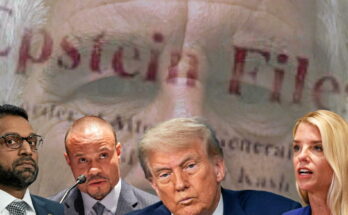Reduce greenhouse gases
Europe’s CO2 price: How the EU is becoming climate neutral
Updated 11/12/2025 – 6:52 amReading time: 6 minutes


The EU has been working to reduce greenhouse gas emissions for more than 20 years. A means to an end: so-called emissions trading. How exactly does this system work?
In 2005, the European Union launched a major project that not many people know about but is one of the most successful examples of European cooperation: emissions trading.
The so-called Emissions Trading System (ETS) has contributed to halving greenhouse gas emissions in Europe over the past 20 years. The ETS has so far only applied to certain industries and economic sectors – from 2027, it will also have a direct impact on households for the first time. However, EU countries are worried that this could lead to a sharp increase in energy prices and now only want to implement it in 2028. In addition, some of these policies will have to be reformed again.
But how does ETS work and what should consumers prepare for in the next few years? All important information is collected here.
The aim of the ETS is to reduce greenhouse gas emissions, especially CO2, in the EU. The continent must be greenhouse gas neutral by 2050. For this to work, an upper limit (English: cap) for CO2 is determined, which must not be exceeded by all companies covered by the system and wishing to do business in Europe. This limit is lowered slightly each year.
Every company that emits CO2, such as power plants, airlines, or large factories, requires a certificate – where one certificate allows one ton of CO2 to be released.
Companies can obtain certificates in two ways: receiving them directly from the EU (either by bidding through an auction or through free allocation) or purchasing them from another company. Certain industries that the EU is keen to keep in Europe benefit from this free allocation. However, free certificates continue to be reduced.
Intercompany trading occurs when a company has more certificates than it needs and can then sell the excess securities to another company. This rewards companies that emit fewer greenhouse gases. In contrast, companies that emit relatively high amounts of CO2 will have to pay more and therefore have an incentive to change their processes to climate-friendly alternatives.
As fewer certificates enter the market over time, certificate prices will increase as long as demand remains the same. We also talk about CO2 prices.



